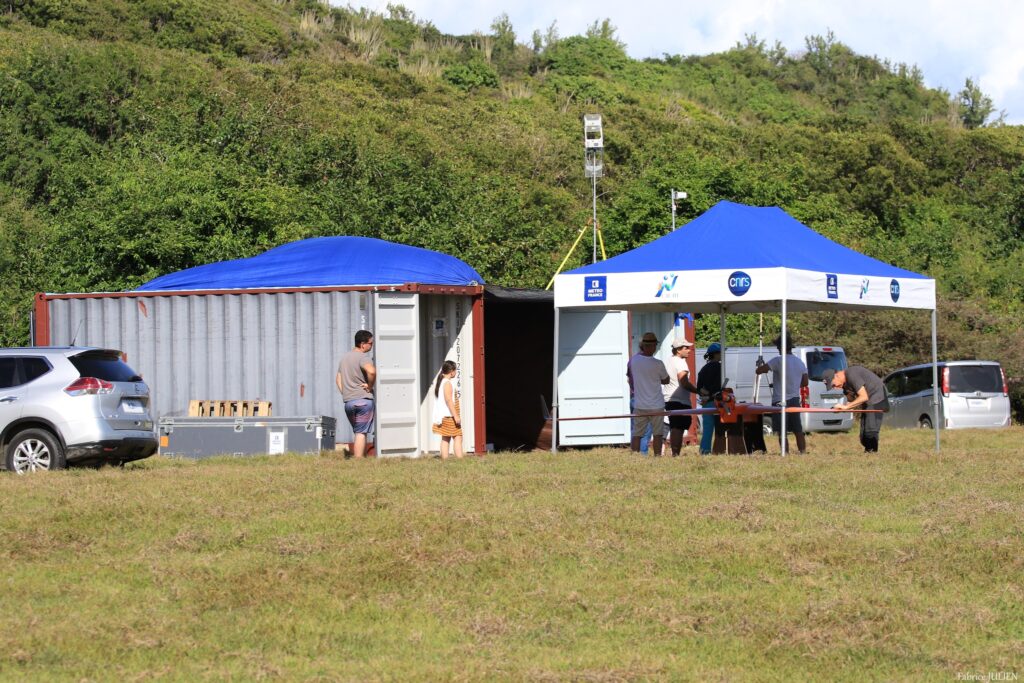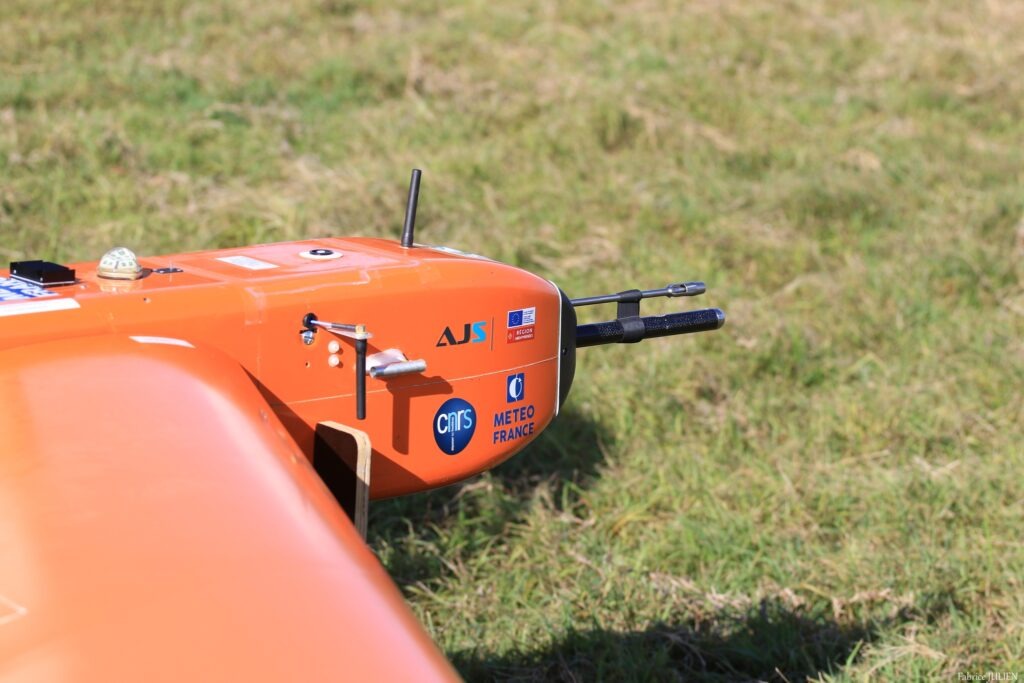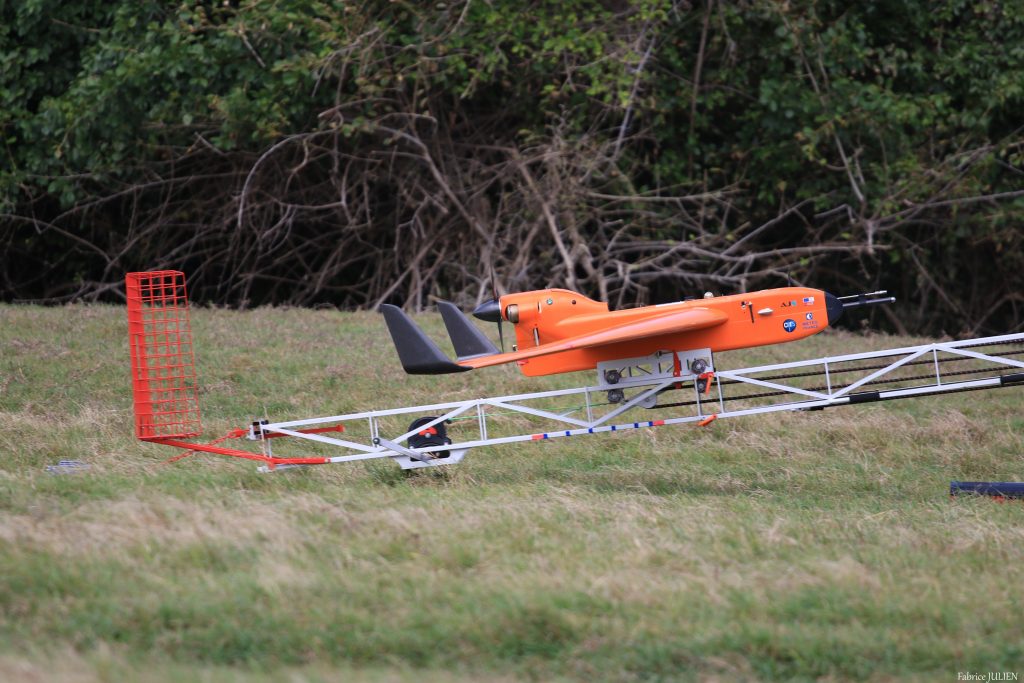Alongside the CNRS and Météo France as well as several international institutions, BOREAL flew to the island of Barbados to participate in one of the largest climatological campaigns of recent years. The EUREC4A project ( Elucidating the role of clouds-circulation coupling inclimate ) started on January 20, 2020, will make it possible to study for a month the cumulus of trade winds, these clouds so characteristic of the tropics as well as the many small whirlpools that are created off the coast of Barbados.
Until February 20, 2020, more than 30 institutions from 11 different countries collaborate together around the project EUREC4A, an international campaign to study trade wind cumulus clouds as well as the mesoscale eddies that form off the island of the Barbados.
Co-directed by Sandrine Bony from the CNRS and Bjorn Stevens from the Max Planck Institute in Germany, joined by teams from the United States and the United Kingdom, this campaign is an important event in the understanding of global warming. Indeed, it should help reduce uncertainties about the rate and extent of the phenomenon.
The study of these clouds, so widespread and characteristic of this part of the globe, has become essential for researchers. Indeed, a slight change in their properties could have dramatic consequences on the climate. In addition, understanding the very active eddies in this region is very important because they are suspected to play a role in the flux of CO2 and heat between the ocean and the atmosphere. This is why this campaign calls on many innovative players, including BOREAL, to carry out this meteorological measurement campaign.
The BOREAL is deployed by Météo France during the EUREC4A campaign. He is equipped with a transponder for integration into air traffic and atmospheric sensors for environmental data collection and interface Ocean/Atmosphere. Le BOREAL is geolocated and connected in real time to EUREC4A partners thanks to the same communication equipment installed at on board aircraft and research vessels. Le BOREAL stands out thanks to its long endurance (10h) as well as its ability to fly at low altitude.
The EUREC4A project benefits from the ERC Advanced Grant and European funding from the JPI Ocean & Climate.
It is possible to follow the progress of the campaign day by day by following this link.
Photo credits: Fabrice Julien










